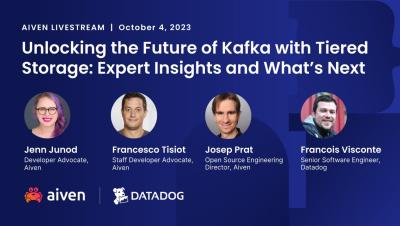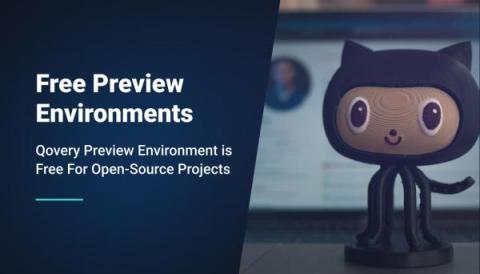Operations | Monitoring | ITSM | DevOps | Cloud
Open Source
Observability-OSS vs Paid vs Managed OSS with Hosted Graphite
Observability is a critical aspect of modern software development and infrastructure management. It involves the ability to gain insights into the internal workings of your systems, applications, and services through monitoring and collecting relevant data. With the increasing complexity of technology stacks and the need for real-time visibility, observability has become a fundamental requirement for businesses across various industries.
Klaw 2.5.0 Demo: Easy Apache Kafka Governance and Administration
The Future of Open Source: SaaS, the Final Frontier
Free Preview Environments For Open-Source Projects
Digital innovation in finance - the open source imperative
The Future of Cloud Native Data is Now
How to build LLMs with open source
Introducing the Datadog Open Source Hub
At Datadog, we have always been deeply involved with open source software—producing it, using it, and contributing to it. Our Agent, tracers, SDKs, and libraries have been open source from the beginning, giving our customers the flexibility to extend our tools for their own needs. The transparency of our open source components also allows them to fully audit the Datadog software that is running on their systems. But our commitment to open source only starts there.











